Container throughput sets a new record! Gothenburg Port achieves remarkable results in the first quarter of 2024
![]() 09/19 2024
09/19 2024
![]() 427
427
Against the backdrop of global economic fluctuations and uncertainties, Sweden's Gothenburg Port has once again demonstrated its leading position in the international shipping industry through its exceptional operational capabilities and flexible adaptability strategies. In the first quarter of 2024, Gothenburg Port's container throughput not only surpassed historical levels for the same period but also grew at an astonishing rate, setting a new quarterly record and injecting strong momentum into Sweden's economic development.
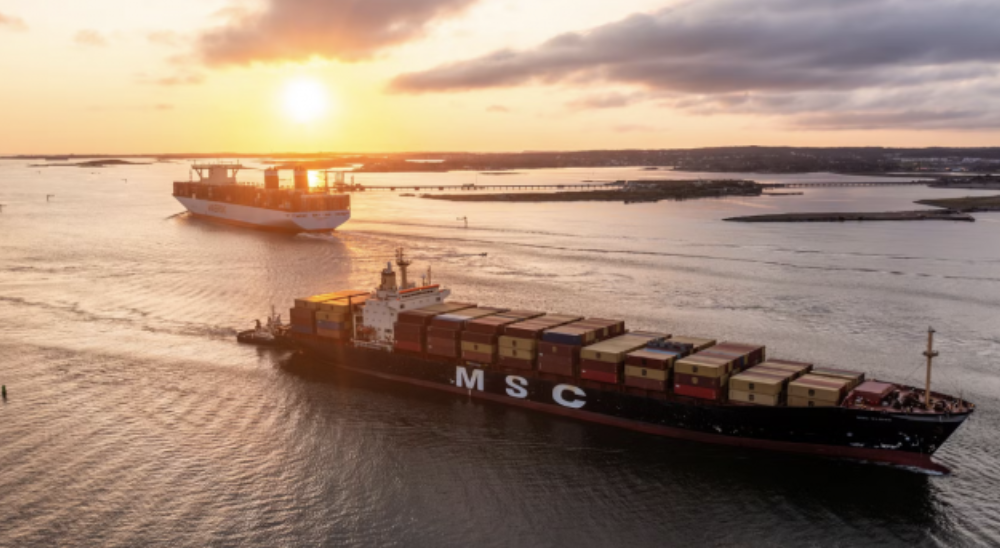
Imports and exports drive growth, setting a new throughput record
Despite facing challenges with declining imports in 2023, Gothenburg Port still achieved a historic breakthrough in container throughput thanks to its strong export capabilities. This trend was fully reversed in the first quarter of this year. On the import side, as Swedish consumer purchasing power gradually recovered and market demand picked up, container cargo imports increased by 11% year-on-year, returning to pre-pandemic levels. Meanwhile, exports continued their strong growth momentum, increasing by 4% year-on-year. This dual-wheel drive of imports and exports enabled Gothenburg Port to achieve an 8% increase in container throughput in the first quarter of 2024, reaching 242,000 TEUs (Twenty-Foot Equivalent Units), setting a new record for a single quarter in the port's history.
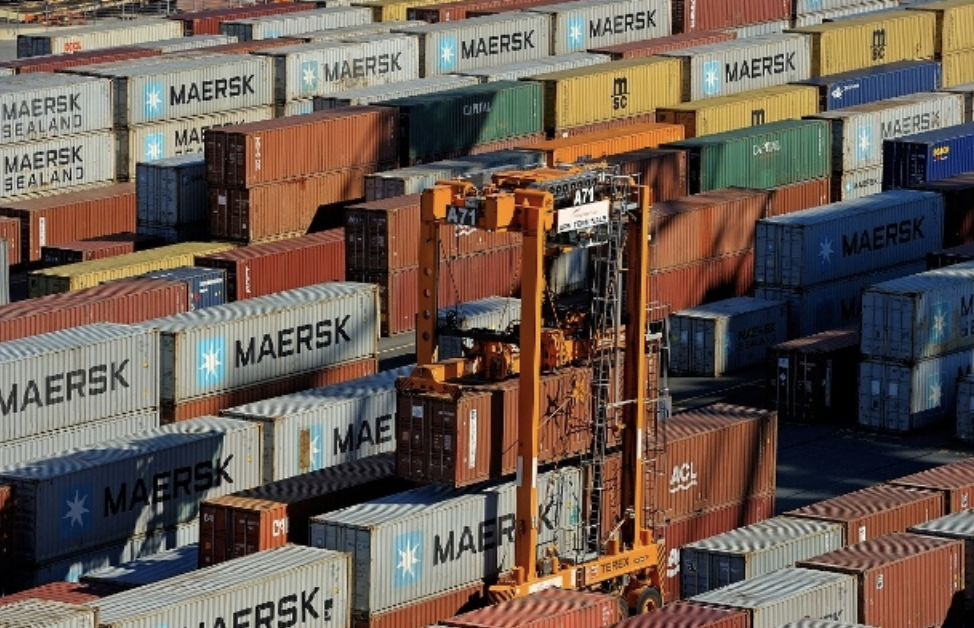
Railway transport emerges as a new highlight
Among the modes of container transport, the growth in railway transport is particularly noteworthy. In the first quarter, the volume of container cargo transported by rail increased by 1%, reaching 126,000 TEUs. This is not only due to Sweden's emphasis on improving rail transport efficiency but also reflects Gothenburg Port's relentless efforts in promoting multimodal transport. The completion of the port line upgrade to dual tracks significantly increased railway capacity, providing strong support for enhancing Sweden's industrial competitiveness.
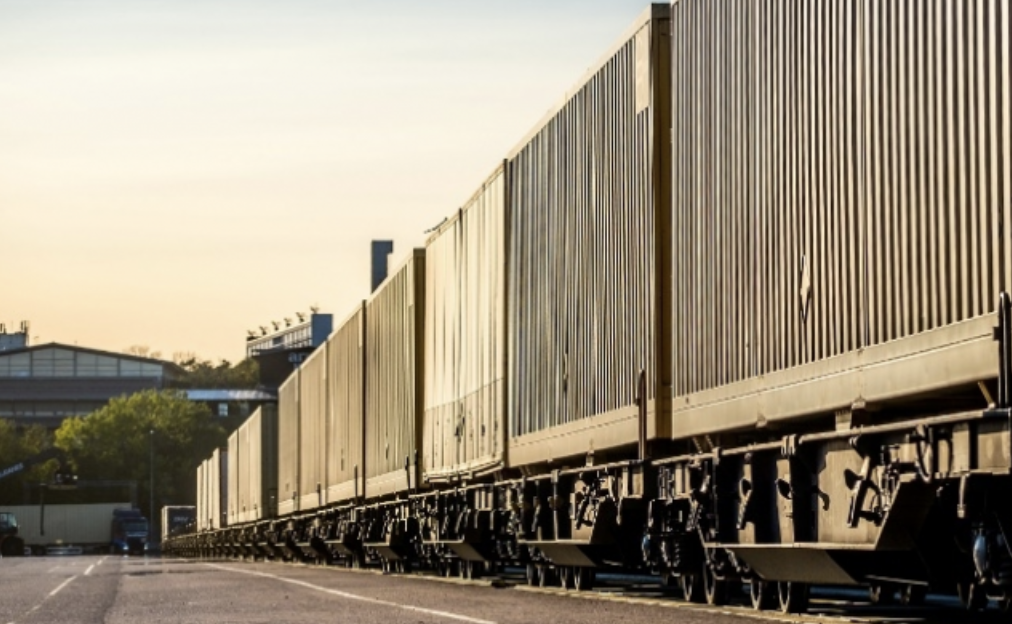
Slight decline in the roll-on/roll-off vehicle market
There was a 2% decline in new vehicle throughput, with the total number dropping to 69,000 units. This change may be influenced by multiple factors such as market saturation, changes in consumer buying habits, and global economic fluctuations. Meanwhile, the roll-on/roll-off vehicle transport market within Europe is also facing similar challenges, with a 2% decrease in total volume. Although Ro-ro (roll-on/roll-off) transport, as an efficient mode of transport, has been affected to some extent, the import volume of roll-on cargo in Gothenburg Port has shown signs of recovery, indicating that the port still maintains certain growth potential in this area.
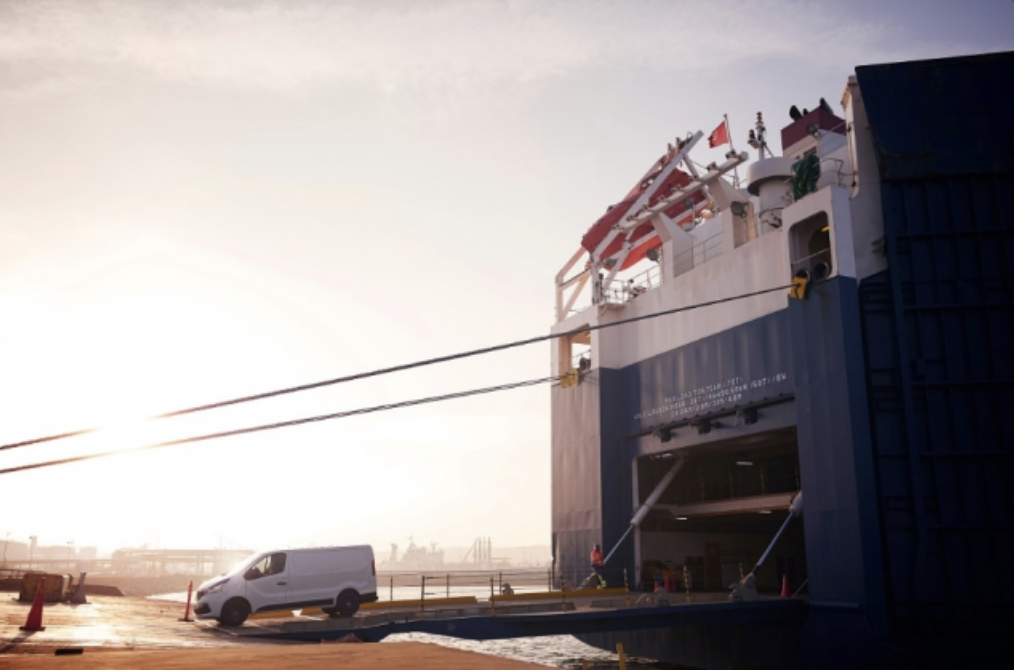
Steady growth in energy and dry bulk transport
In addition to container transport, Gothenburg Port has also performed well in energy and dry bulk transport. In the first quarter, the port's energy product handling volume increased by 10% to 5.1 million tons, demonstrating its important position in the energy sector. Meanwhile, dry bulk throughput also achieved a year-on-year growth of 30%, primarily driven by exports of forest products, pellets, and construction materials for large infrastructure projects.

Passenger market recovery and cruise economy reboot
In terms of passenger transport, Gothenburg Port has also witnessed a resurgence. In the first quarter, passenger numbers increased by 11% to 258,000, the highest number for the same period since 2018. In March, the port welcomed its first cruise ship of the year, marking the official restart of the cruise economy in Gothenburg Port and adding new vitality to the port's diversified development.
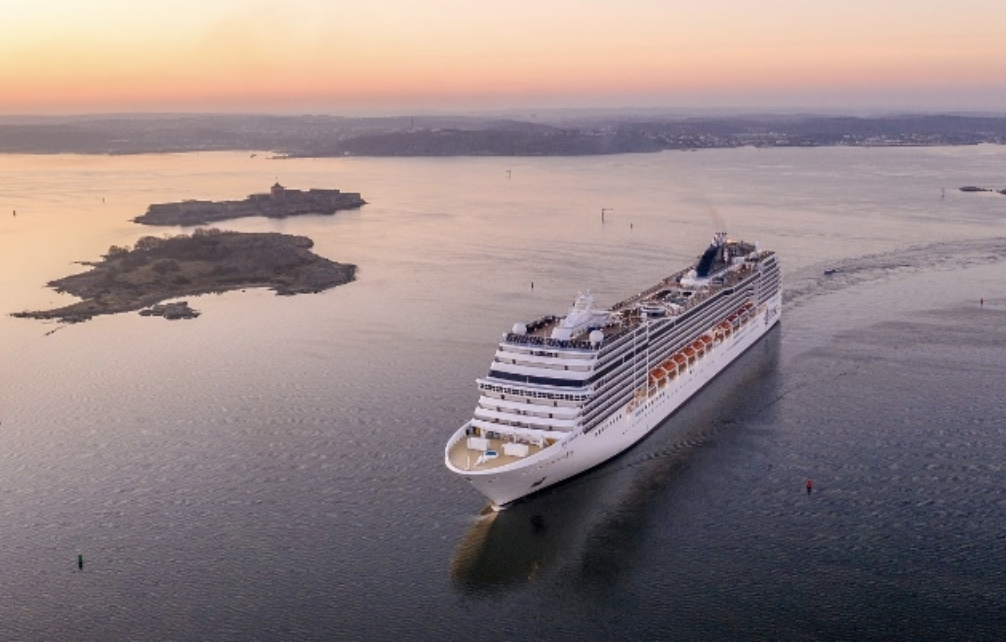
Despite its achievements, Gothenburg Port has not rested on its laurels. Claes Sundmark, Vice President of Sales and Marketing at the Port Authority, stated that the port is continuously introducing new technologies, optimizing transport networks, and enhancing service quality to further consolidate its leading position in the international shipping market. Gothenburg Port's impressive performance in the first quarter of 2024 is not only a testament to its past efforts but also a harbinger of future development. We will continue to contribute to the promotion of a green, low-carbon, and efficient logistics system.








